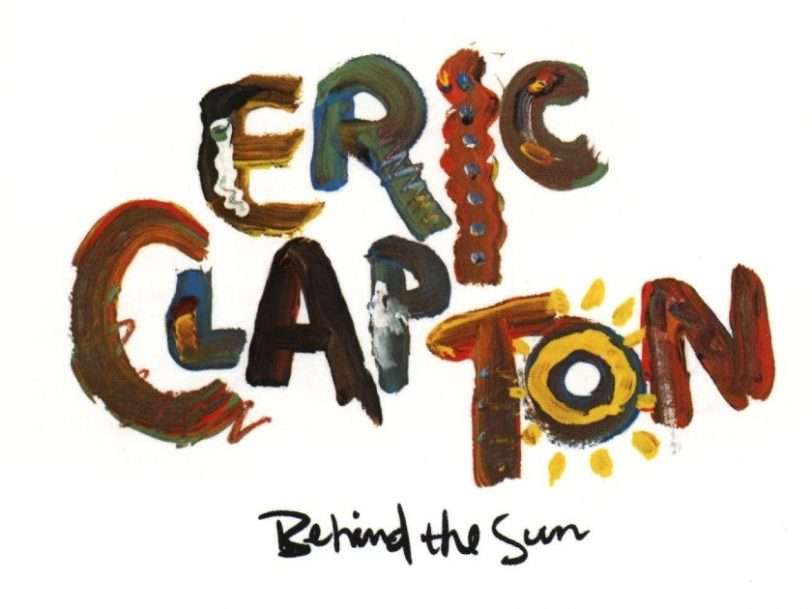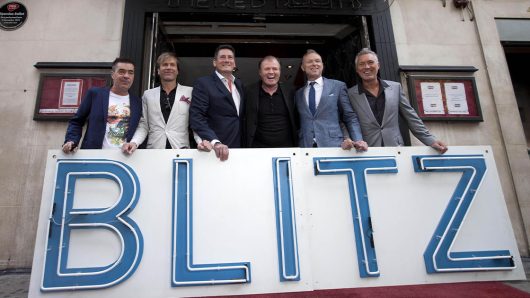Using former Genesis drummer Phil Collins in the dual role of producer and co-instrumentalist on Behind The Sun was the idea of Eric Clapton’s manager Roger Forrester. The combination proved a huge success and the album, released on 11 March 1985, in a deal between Warner Bros and Clapton’s own Duck Records, was eventually certified platinum after selling more than a million copies.
Listen to ‘Behind The Sun’ here.
“It doesn’t feel like hard work. I hope it never stops”
Collins, who played snare drum, electronic drums, shaker and synthesiser, and sang backing vocals on the album, enjoyed the collaboration. “I met Eric in the late 70s when I was working with John Martyn, and we became firm friends. We were kind of country neighbours in Surrey,” Collins told Billboard. “I used to gravitate to his house pretty much every day. We used to go to football together, we played music, played pool and billiards into the night, did lots of naughty things… It was great fun.”
Clapton had fun, too. He kept a diary after recording began, in March 1984, at George Martin’s AIR Studios on the West Indies island of Montserrat, and noted that “we got five greats done quickly. Phil is so great to work with you get so much done but it doesn’t feel like hard work at all… I hope it never stops.”
Though the recording might have been fun, some of the material on the album reflected Clapton’s troubles at the time. He had rented a cottage in the Brecon Beacons, in Wales, to write songs for Behind The Sun – which took its title from a line in the Muddy Waters song Louisiana Blues – and was preoccupied with the rising difficulties in his marriage to Pattie Boyd. That relationship inspired the songs Same Old Blues, Just Like A Prisoner and She’s Waiting (co-written with Peter Robinson), all of which contained long guitar solos from Clapton. Clapton performed She’s Waiting when he appeared in the first Live Aid concert in 1985.




